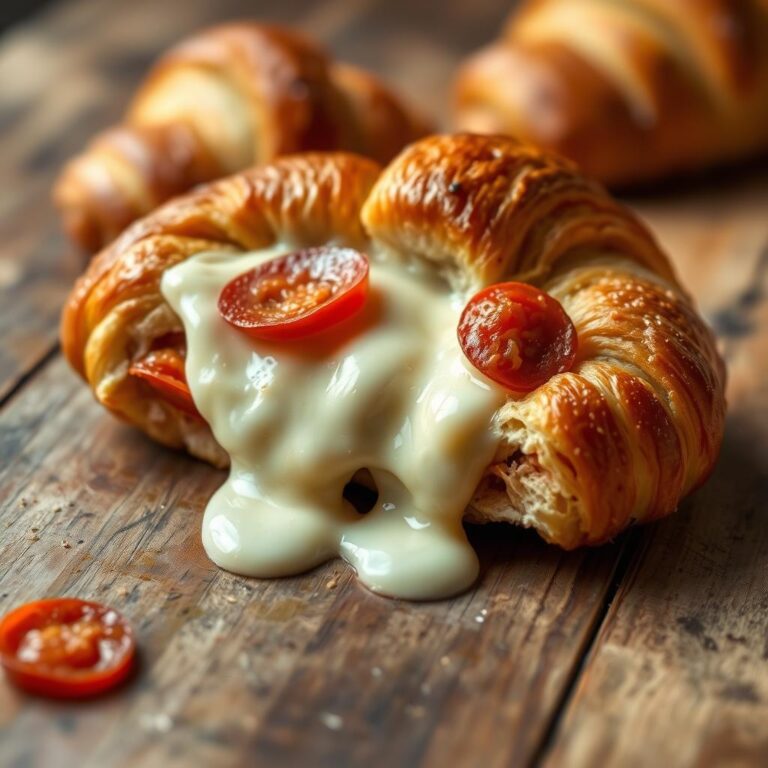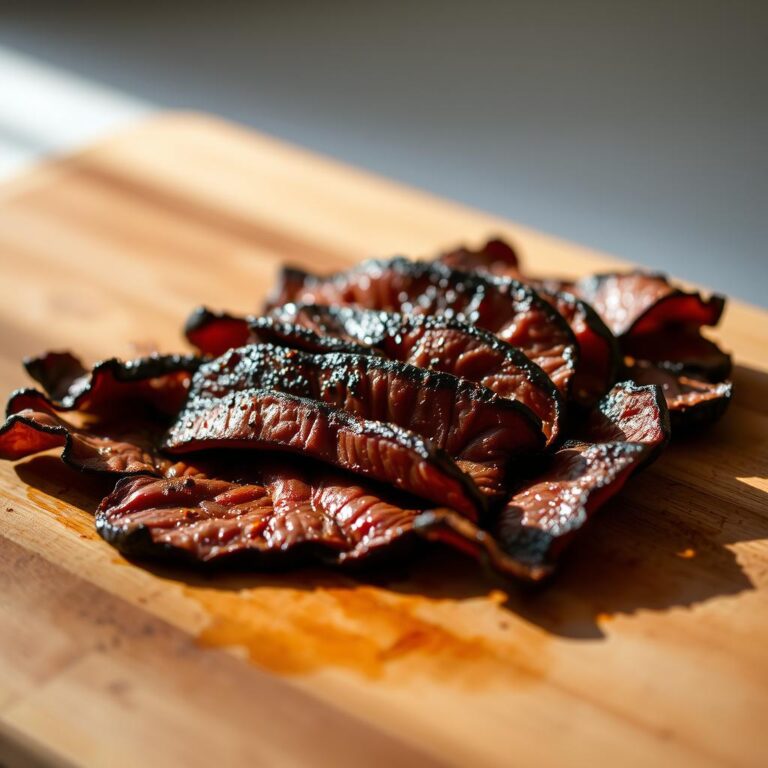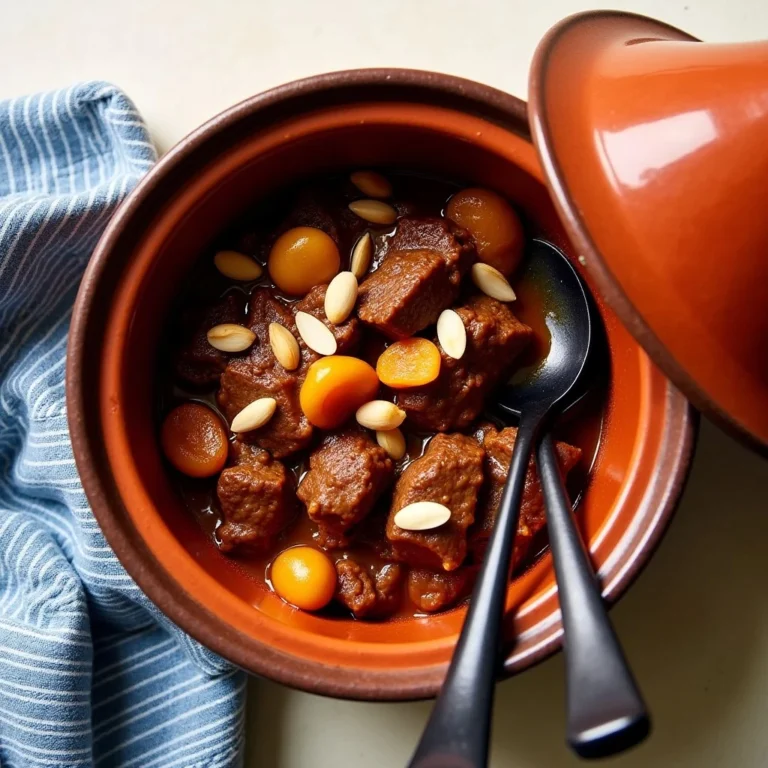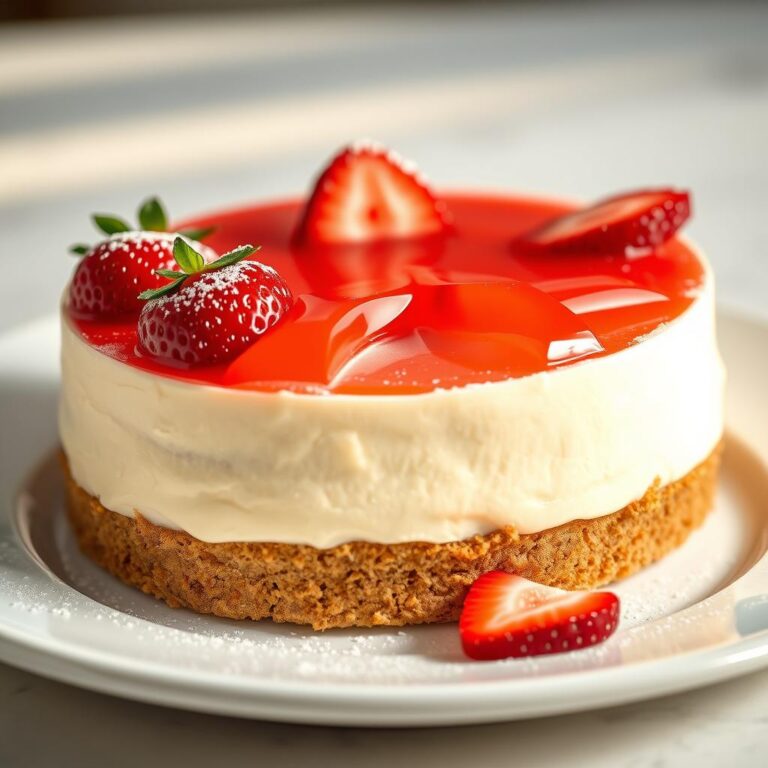Easy Portuguese Rolls at Home
Biting into a freshly baked traditional bread roll is a special experience. You feel the soft inside and enjoy the crispy crust. For many, this is what makes a Portuguese roll so special, a favorite in bakeries worldwide.
Making these tasty rolls at home is simpler than you might think. With a simple recipe and a little patience, you can enjoy the flavors of Portugal right in your kitchen.
If you want to recreate a childhood memory or try baking, this guide is for you. It will show you how to make authentic Portuguese rolls at home.
Key Takeaways
- Simple recipe for making Portuguese rolls at home
- Tips for achieving the perfect crust and interior
- Understanding the traditional aspect of Portuguese rolls
- Step-by-step guide for beginners
- Authentic flavors of Portugal in every bite
What Makes the Portuguese Roll Special
The Portuguese roll is loved for its special mix of texture and taste. It has a crunchy outside and a soft, airy inside. This mix is both pleasing and hard to resist.
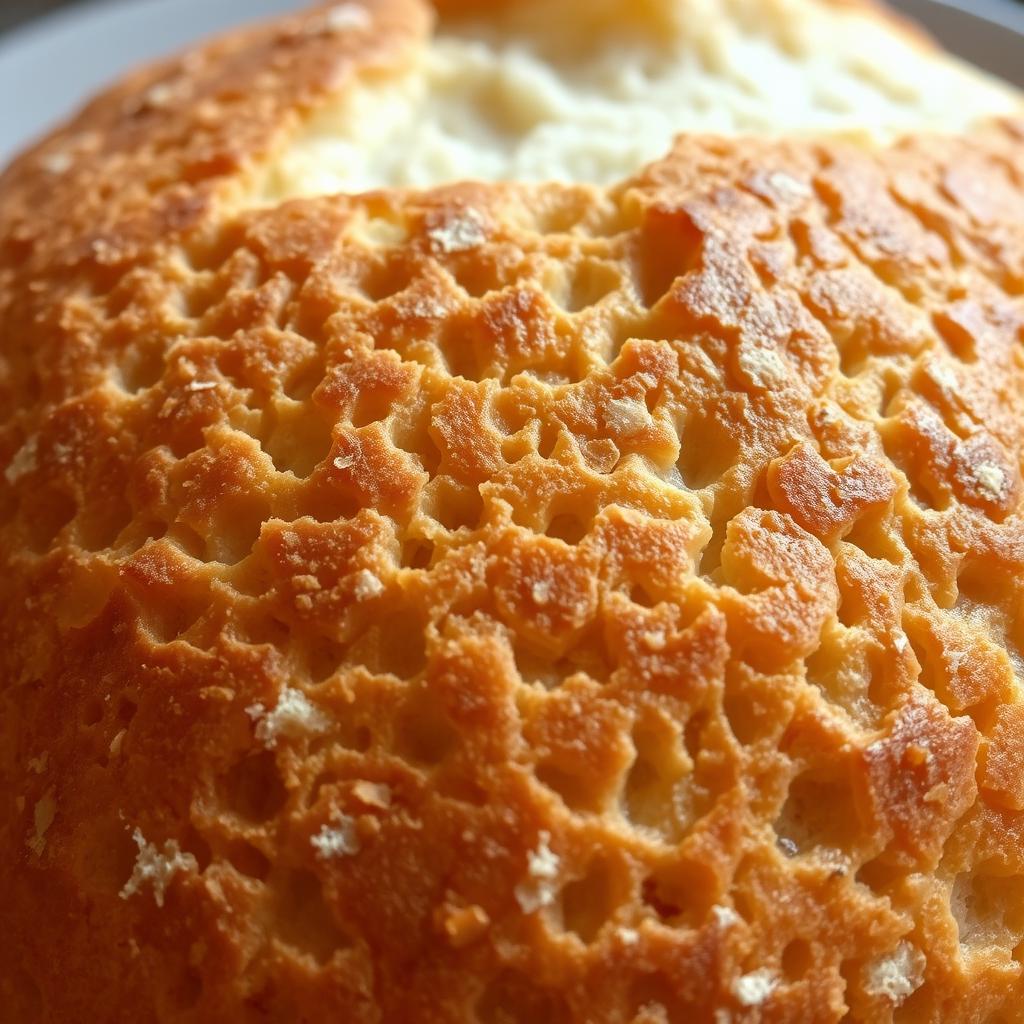
The Unique Texture and Flavor Profile
The roll’s texture comes from a special baking method. It makes the crust crunchy and golden, while keeping the inside soft. This is paired with a sweet and tangy taste, making it a standout in Portuguese rolls bread.
The taste comes from top-notch ingredients and a careful fermentation process. This adds to the roll’s rich flavor.
Cultural Significance in Portuguese Cuisine
Portuguese rolls are more than just food in Portugal; they’re a big part of the culture. They’re often served with meals, used in sandwiches, or enjoyed as a snack. The Portuguese roll represents traditional Portuguese baking and is tied to the country’s history and heritage.
In Portugal, bread, like the Portuguese roll, brings people together. It’s a bread that’s a big part of daily life, often bringing back memories of family and traditional meals.
The Rich History of the Traditional Portuguese Roll
For centuries, the Portuguese roll has been a beloved bread in Portugal. Its origins are deeply rooted in traditional baking methods.
Origins in Portuguese Baking Tradition
The Portuguese roll’s history started with wheat bread during the Roman era. The Moors later influenced its baking with new ingredients and methods.
“Bread is the staff of life,” a phrase that resonates deeply in Portuguese culture, where bread has been a staple for centuries.
Evolution Through the Centuries
Over time, the Portuguese roll evolved. It was influenced by various cultural and culinary factors. The use of yeast became more common during the Age of Exploration.
| Period | Influence on Portuguese Roll |
|---|---|
| Roman Era | Introduction of wheat bread |
| Moors Influence | New ingredients and baking techniques |
| Age of Exploration | Widespread use of yeast |
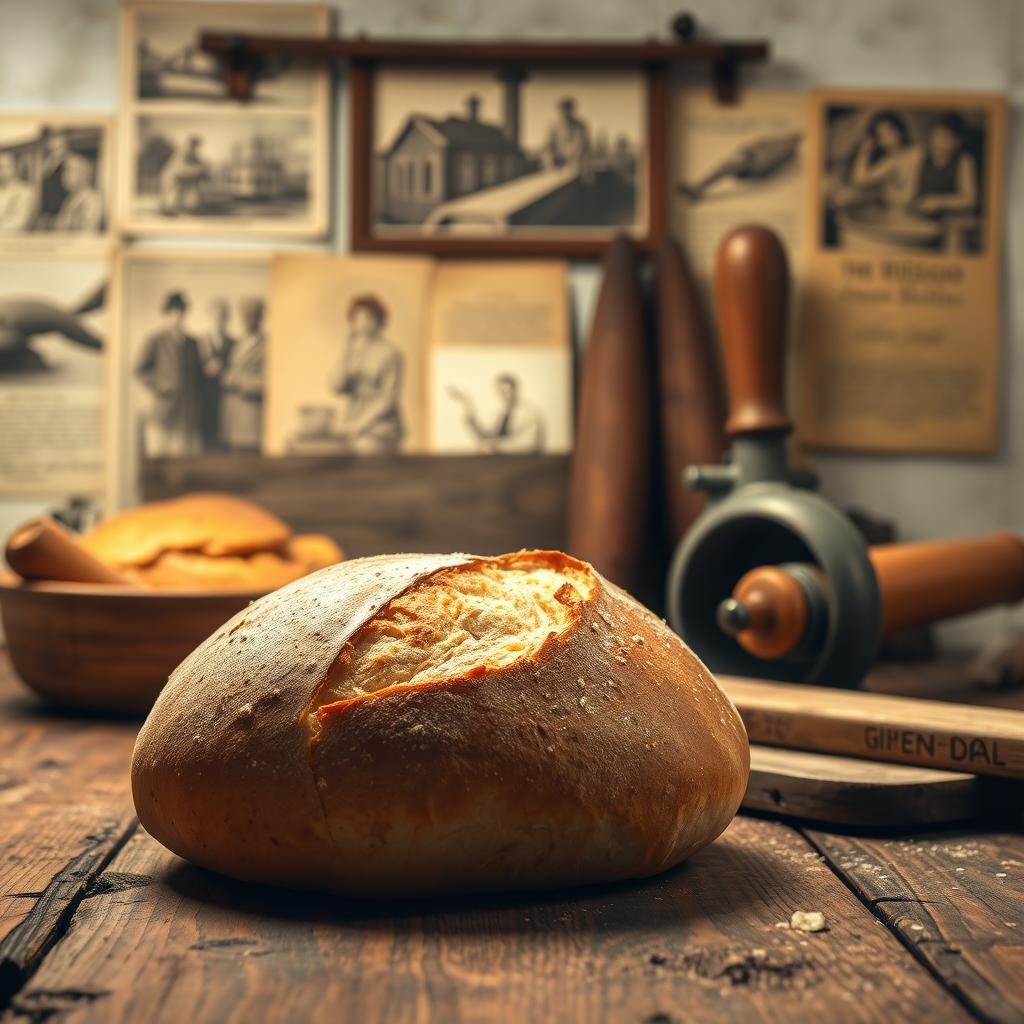
The evolution of the Portuguese roll shows Portugal’s rich culinary heritage. It was shaped by historical events and cultural exchanges.
Essential Ingredients for Authentic Portuguese Rolls
To make authentic Portuguese rolls, you need the right ingredients. These ingredients are a mix of traditional elements that make this bread so beloved. The quality and type of ingredients greatly affect the taste, texture, and authenticity of the rolls.
The Perfect Flour Selection
Choosing the right flour is key to making Portuguese rolls. The flour type can change the rolls’ texture and flavor.
All-Purpose vs. Bread Flour
While all-purpose flour works, bread flour is preferred. It has more protein, making the rolls chewier and crustier. The gluten in bread flour helps achieve the perfect texture.
Yeast and Leavening Considerations
Yeast is crucial for Portuguese rolls, as it makes them rise. You can use active dry yeast or instant yeast. Instant yeast is more convenient. Yeast fermentation enhances the rolls’ flavor and texture.
Additional Flavor Enhancers
Ingredients like salt, sugar, and sometimes milk or butter are added for flavor. Salt controls yeast and adds depth. Sugar adds a touch of sweetness. Milk or butter make the dough tender and richer.
For those wondering are Portuguese rolls vegan, traditional recipes might include dairy or eggs. But, you can make vegan versions with plant-based milk and vegan butter. These vegan rolls are just as tasty.
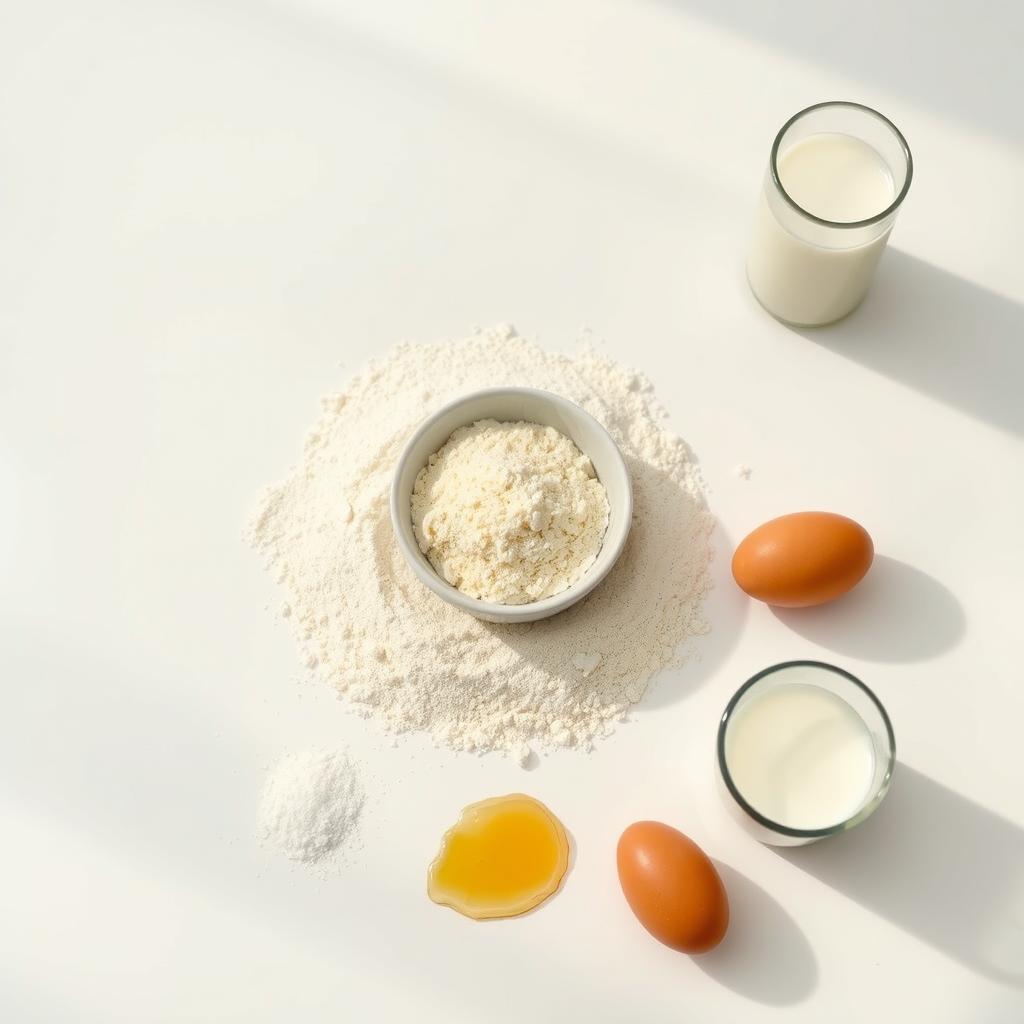
Step-by-Step Portuguese Roll Recipe
Learn to make tasty Portuguese rolls from scratch with our easy guide. This recipe will show you how to make authentic Portuguese rolls. You’ll learn how to prepare the dough and get that golden crust.
Preparing the Dough
The key to a great Portuguese roll is the dough. Start by mixing and kneading the ingredients well.
Mixing and Kneading Techniques
First, mix 2 cups of warm water, 2 teaspoons of sugar, and 1 teaspoon of yeast in a big bowl. Wait 5-10 minutes for the yeast to get frothy. Then, add 3 cups of flour, 1 teaspoon of salt, and 2 tablespoons of olive oil. Mix until it’s a shaggy dough.
Knead the dough on a floured surface for 10 minutes. It should become smooth and elastic. You can also use a stand mixer with a dough hook for this.
Proofing for Perfect Texture
Put the dough in a greased bowl, cover it, and let it rise in a warm place for 1 hour. It should double in size.
Shaping Techniques for Perfect Rolls
After rising, punch down the dough and divide it into 8-10 pieces. Roll each into a ball and flatten it into an oval. Place the rolls on a baking sheet lined with parchment paper, leaving space between them.

Baking Tips for Golden Crust
Preheat your oven to 400°F (200°C). Bake the rolls for 15-20 minutes until they’re golden. Brush with egg wash for a crispy crust before baking.
| Baking Time | Result |
|---|---|
| 10-12 minutes | Lightly toasted crust |
| 15-20 minutes | Golden brown crust |
| 25+ minutes | Darker, crisper crust |
By following these steps, you’ll make delicious Portuguese rolls. Enjoy your freshly baked rolls!
Common Mistakes to Avoid When Making Portuguese Rolls
Making Portuguese rolls is an art that requires avoiding common mistakes. These mistakes can affect the rolls’ texture and taste. To get the perfect soft inside and crispy outside, knowing these errors is key.
Dough Consistency Issues
Getting the dough right is crucial for successful Portuguese rolls. Overmixing makes the rolls dense, while undermixing can cause them to lack structure. It’s important to mix the dough just enough for the ingredients to combine.
Temperature and Timing Errors
Temperature and timing are vital in proofing and baking. Wrong proofing temperatures can mess with yeast activity. This can make rolls over- or under-proofed. Baking at the wrong temperature or for too long can also cause issues.
Troubleshooting Flat or Dense Rolls
Flat or dense rolls often come from overworking the dough or oven temperature issues. Use an oven thermometer to check the temperature. Also, handle the dough gently when shaping.
By avoiding these common mistakes, you can greatly improve your Portuguese roll baking.
Mastering the Perfect Portuguese Roll Crust
Getting the crust right on a Portuguese roll is all about the science of bread baking. A great crust isn’t just about looks; it’s key for the roll’s texture and taste.
Creating That Signature Crispy Exterior
A crispy outside is what makes a Portuguese roll stand out. To get this, you need the right baking methods. Steam injection during baking is a pro trick you can try at home. Just use a baking stone and a pan of water in the oven.
Steam Techniques for Professional Results
Steam is vital for a crispy crust. Keeping the oven steamy at the start helps get a crust that’s both crispy and golden. Here’s a basic steam technique:
| Step | Description | Timing |
|---|---|---|
| 1 | Preheat oven with baking stone | 20 minutes |
| 2 | Place pan of water on lower rack | During preheating |
| 3 | Bake rolls with steam | 10-12 minutes |
Finishing Touches and Glazes
After baking, you can boost your rolls’ look and taste with glazes. A simple egg wash or a sprinkle of sea salt can really help. Try out different glazes to see what you like best.
With these tips, you’ll soon be making Portuguese rolls with a crust as good as a pro bakery’s.
Nutritional Profile: How Many Calories in a Portuguese Roll
For those watching their calories, knowing what’s in a Portuguese roll is key. A typical roll has about 217 calories. But, this number can change based on what’s inside and its size.
Calorie Content and Macronutrients
Most of a Portuguese roll’s calories come from carbs. It also has a bit of fat and protein. A standard roll has around 40 grams of carbs, 3 grams of fat, and 6 grams of protein. Knowing this helps figure out how rolls fit into a healthy diet.
Dietary Considerations and Modifications
For those with dietary needs, traditional rolls might need tweaks. Gluten-free flours can help those with gluten issues, but it might change the texture. Cutting down sugar or using different sweeteners can also help diabetics.
Healthier Variations
To make rolls healthier, try using whole wheat flour instead of white. This boosts the fiber. Adding nuts or seeds can also increase nutrition. With these changes, rolls can be a healthy choice, proving that Portuguese rolls are healthy when made right.
Are Portuguese Rolls Vegan? Adaptations and Alternatives
For those on a vegan diet, traditional Portuguese rolls are a challenge. They contain animal products. But, with some tweaks, you can enjoy vegan Portuguese rolls that taste great.
Traditional Ingredients Analysis
Traditional Portuguese rolls have milk, eggs, and sometimes butter or lard. These aren’t vegan. Knowing this helps find the right substitutes.
Egg and Dairy Substitutes
To make vegan Portuguese rolls, use plant-based milks like almond or soy milk. Replace eggs with flaxseed or chia seed eggs, or buy egg replacers. Use vegan butter or margarine instead of regular butter.
Maintaining Authentic Texture Without Animal Products
To keep the rolls’ texture without animal products, choose wisely. High-quality vegan butter can make them flaky.
| Traditional Ingredient | Vegan Alternative |
|---|---|
| Milk | Almond milk, Soy milk |
| Eggs | Flaxseed eggs, Chia seed eggs |
| Butter | Vegan butter, Margarine |
With these simple swaps, you can enjoy delicious vegan Portuguese rolls. They’re just as tasty as the originals. Try different mixes to find your favorite vegan version.
Regional Variations of Portuguese Rolls Across Portugal
From the north to the south, and across the islands, Portuguese rolls show a rich diversity. This variety highlights the country’s diverse culture and the flexibility of traditional baking.
Northern vs. Southern Style Differences
In the north, like Trás-os-Montes, rolls are heartier and denser. They’re often made with corn flour or other local grains. On the other hand, the south, including the Algarve, prefers lighter, softer rolls. These rolls are often flavored with Mediterranean tastes.
This difference shows not just different ingredients but also different baking traditions and cultural influences.
Island Variations from Madeira and Azores
The islands of Madeira and the Azores have their own special rolls. For example, Bolo do Caco from Madeira is a flatbread cooked on a griddle. It has a crispy crust and a soft inside, often enjoyed with butter or garlic.
Portuguese-American Adaptations
In the United States, Portuguese-American communities have made their own versions of the rolls. These rolls are often sweeter or softer than the traditional ones. This change reflects American tastes.
Even with these changes, the core of the Portuguese roll stays the same. It connects communities across continents.
Perfect Pairings: What to Serve with Portuguese Rolls
Portuguese rolls are great with many dishes. They are a key part of many cuisines.
Traditional Portuguese Accompaniments
In Portugal, these rolls go well with caldo verde (a hearty green broth) and feijoada (a rich bean stew).
- Soups: Portuguese rolls are perfect for dipping into soups like caldo verde or creamy fish soups.
- Cheeses and Cold Cuts: They pair well with a variety of Portuguese cheeses and cured meats.
Breakfast and Brunch Ideas
For a tasty breakfast or brunch, try these:
- Scrambled eggs and chouriço for a hearty start.
- Pastries and a strong coffee for a more traditional Portuguese breakfast.
Dinner and Special Occasion Pairings
Portuguese rolls can also make dinner and special occasions better:
- Serve them alongside grilled fish or roasted meats for a satisfying dinner.
- Use them to make elegant sandwiches for special occasions.
Adding Portuguese rolls to your meals brings a touch of tradition and flavor to any event.
Storing and Freezing Your Homemade Portuguese Rolls
Keeping your homemade Portuguese rolls fresh is key. Whether you’ve baked a batch or want to save some, knowing how to store them is crucial.
Keeping Rolls Fresh for Days
Store your rolls in an airtight container at room temperature. They stay fresh for 2-3 days. For longer storage, wrap them in plastic or foil to keep moisture in.
Freezing and Reheating Methods
Freezing extends your rolls’ shelf life. Cool them down, then put them in a freezer-safe bag or wrap in plastic. To reheat, bake at 350°F (175°C) for 10-15 minutes until crispy.
Reviving Stale Rolls
Stale rolls can be made fresh again. Wrap them in damp paper towels and microwave for 10-15 seconds. Or, bake at 300°F (150°C) for a few minutes to revive their texture.
Conclusion: Bringing Portuguese Tradition to Your Kitchen
Making Portuguese rolls at home is more than baking bread. It’s about embracing a rich culinary heritage. By following the steps in this article, you can bring a touch of Portugal to your kitchen.
Homemade Portuguese rolls let you taste authentic Portuguese flavors, even from far away. The process is rewarding, and the result is a crispy, soft bread perfect for any meal.
As you get better at making these rolls, you might want to try more of Portuguese cuisine. There’s a world of traditional and new pairings to explore in Portuguese baking.
By adding Portuguese rolls to your baking, you’re not just improving your skills. You’re also bringing a piece of Portugal into your home. So, start baking and enjoy a more flavorful, culturally rich culinary experience.
FAQ
What is a Portuguese roll?
How many calories are in a Portuguese roll?
Are Portuguese rolls healthy?
Are Portuguese rolls vegan?
What type of flour is best for making Portuguese rolls?
How do I achieve the crispy crust on Portuguese rolls?
Can I freeze homemade Portuguese rolls?
What are some traditional pairings for Portuguese rolls?
How do I store Portuguese rolls to keep them fresh?
Can I make Portuguese rolls without a stand mixer?
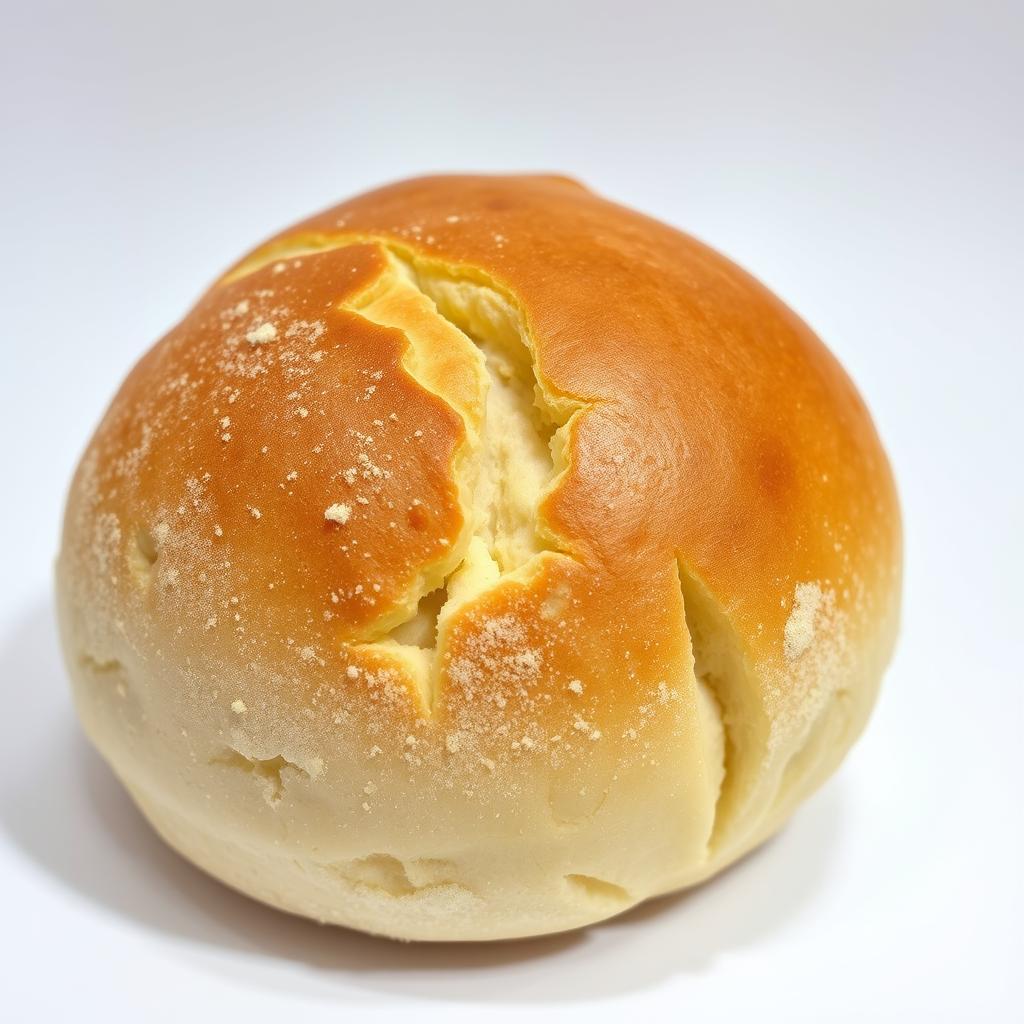
Easy Portuguese Rolls at Home
Ingredients
Method
- In a bowl, mix warm water and sugar. Add yeast, stir, and let it sit for 10 minutes until foamy.
- In a large bowl, combine flour and salt. Add yeast mixture and olive oil. Mix until a shaggy dough forms.
- Knead the dough on a floured surface for 8–10 minutes until smooth and elastic.
- Place the dough in an oiled bowl, cover with a damp cloth, and let it rise for 1½ hours or until doubled in size.
- Punch down the dough and divide it into 8 equal pieces. Shape each into a ball, then flatten slightly and pinch the middle to create the classic “crease” look.
- Place rolls on a baking sheet lined with parchment paper. Cover and let rise again for 1 hour.
- Preheat oven to 220°C. Place a shallow pan of water on the bottom rack for steam.
- Dust rolls with flour. Bake for 20–25 minutes until golden brown and crusty.
- Let cool on a wire rack before serving.
Notes
- For a crisper crust, spray the rolls with water before baking.
- These rolls freeze well – just reheat in the oven before serving.
- Can be made with whole wheat flour (adjust water slightly).

